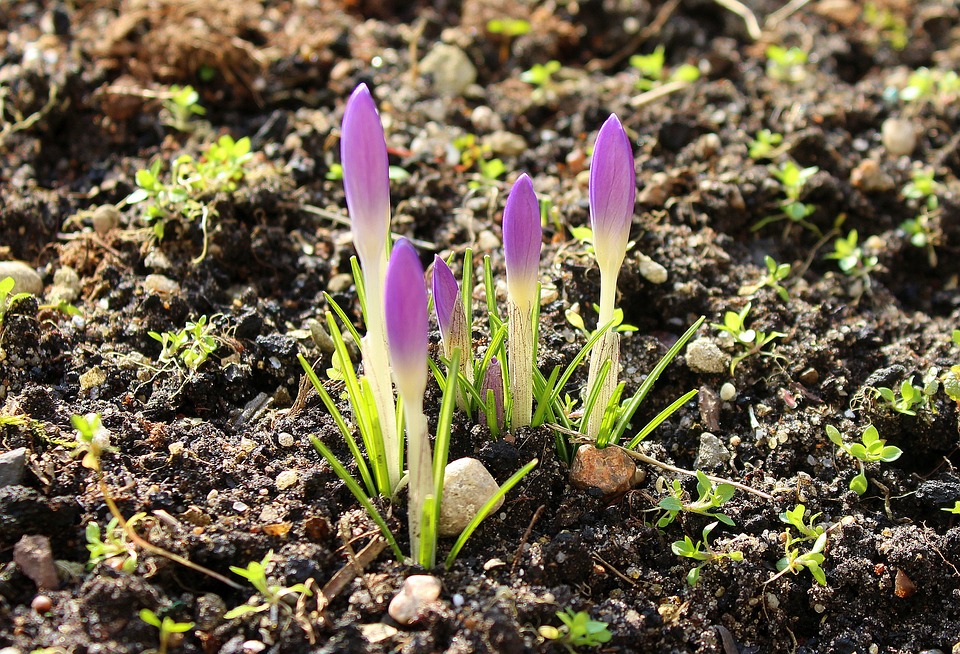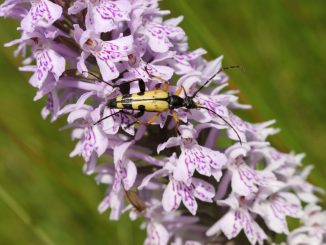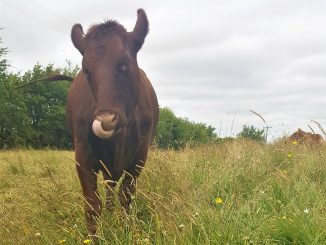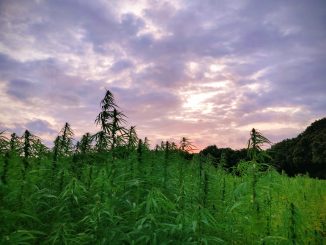What do we want of our soil?
When talking with groups of farmers about soil, one way to get participation is to ask “what do we want of our soil?” This allows us to develop a list of the things or functions we want from our soils. This usually includes to:
- produce food and fibre;
- be soft and stable so that the soil holds together, but still allows roots to proliferation to depth;
- hold water and nutrients but also to drain away excess water so that the soil does not become water logged;
- be free from contaminants including heavy metals, pesticides and hydrocarbons (including plastics);
- transform and filter the wide range of solids and fluids that are added either naturally or by humans;
- have functioning “good” biology to cycle organic matter and mineralise nutrients; and
- be free from “bad” biology as pests and diseases.
When put in that context we expect our soils to do, provide and deliver a wide range of things. This is without bringing in any of the functions or uses of soil that go beyond the farm gate. Beyond farming, increasingly we are looking for our soils to mitigate climate change (by sequestering carbon), preserve biodiversity (remembering how much of global biodiversity is actually in the soil) and prevent flooding (by ameliorating flow rates). In some cases that flood prevention is to protect infrastructure (roads, railways, towns) that has been built on the soil and thus prevented large areas of soil from contributing to the function!
But even confining ourselves to a farming context under values the diversity of functions we expect from the soil. This is because “farming” is not one thing! The list (above) includes “to drain away excess water”. This seems an innocuous requirement until we mention: rice! For rice production, particularly as paddy, the absence of drainage is required. While rice is an extreme, other crops will have greater or less need of drainage and may have different requirements at different growth stages. So, we need and expect soil to be adaptable and responsive to deliver some functions continuously and others to different extents at different times.
Simple Definitions – soil texture and structure
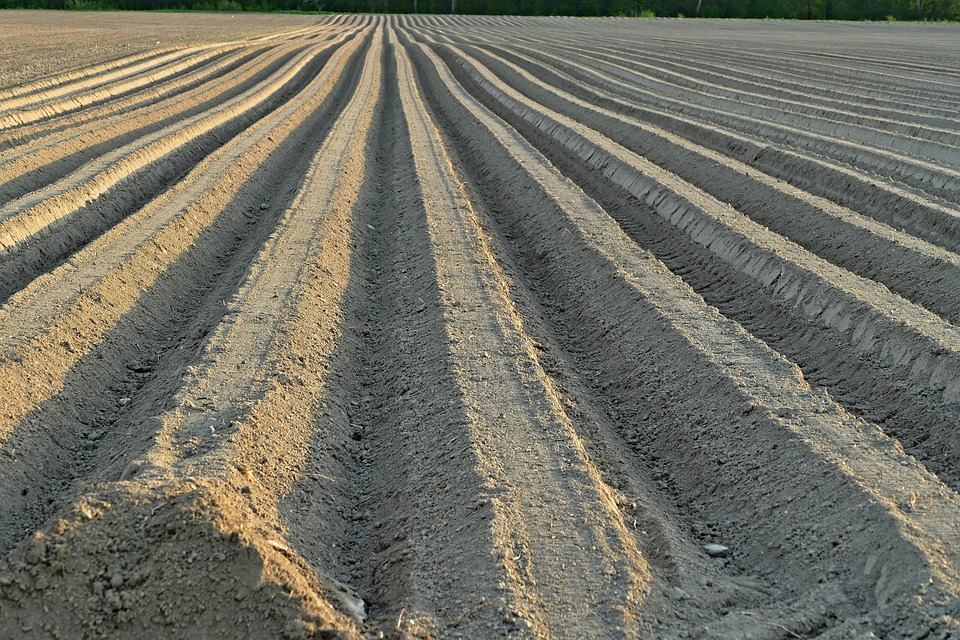
It is necessary here to state a couple of simple definitions. It is necessary because the mis-use of language about soil is commonplace and leads to false and misleading claims. Soil texture is the amount of sand, silt and clay that comprises a soil. Texture can only be changed by selectively adding or removing mineral particles. While this may happen e.g. to create a golf course it does not happen as part of normal farm practices. As the particles that comprise the soil remain unchanged, similarly the mineralogy of the particles at any location is also constant. Note that the soil texture is the inorganic material – it is independent of organic matter. Practices that change the organic matter status of soil do not change texture. The arrangement of soil particles and the pore spaces between them is soil structure. It is in the pore spaces that fluids (water & air) and the soil biota exist.
Soil structure can be easily changed. By definition, tillage (be it with a plough or with a spade) changes the arrangement, but so does the mole or the earthworm creating a burrow, the compaction (decreasing the amount and arrangement of pores) caused by machinery or animals, and the swelling and shrinking of groups of particles as the soil wets and dries or freezes and thaws. The ability of the soil structure to hold together and remain unchanged under external influences (e.g. if wet rapidly by rain or irrigation) is the soil stability. Soil management deals with soil structure and stability, and it is from these properties that there is the ability to alter or manage soil functions.
Soil management
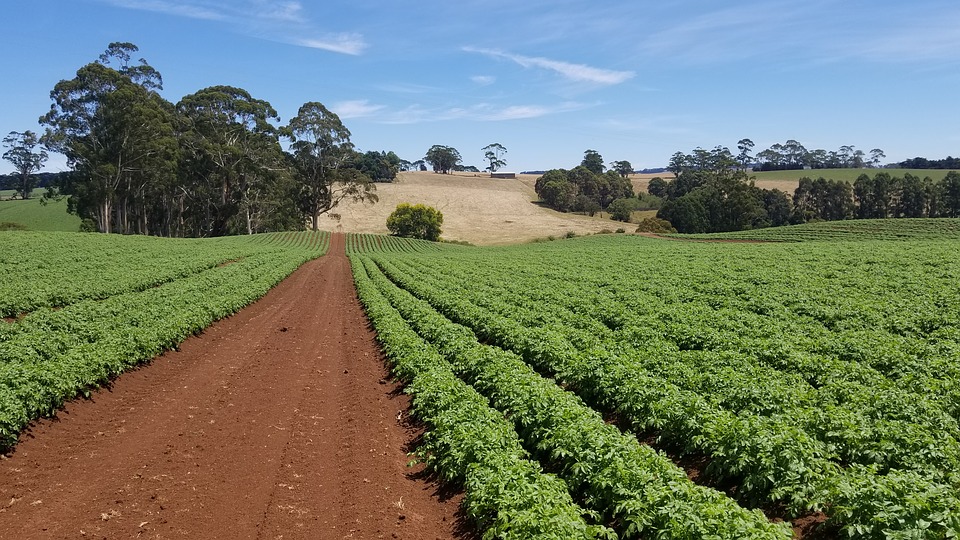 One of the first rules for the medical profession when dealing with a patient is “to do no harm”. Similarly, for farming practices to improve soil functions an underlying principle should be “do not intervene without a clear purpose”. This may sound obvious, but there can be a tendency, particularly where machinery is available, to perform operations such as tillage, irrigation, or applying amendments simply because the equipment or resources are available. From a soil management perspective anything that changes the soil structure unnecessarily is likely to make the soil less stable more vulnerable to threats such as erosion and compaction.
One of the first rules for the medical profession when dealing with a patient is “to do no harm”. Similarly, for farming practices to improve soil functions an underlying principle should be “do not intervene without a clear purpose”. This may sound obvious, but there can be a tendency, particularly where machinery is available, to perform operations such as tillage, irrigation, or applying amendments simply because the equipment or resources are available. From a soil management perspective anything that changes the soil structure unnecessarily is likely to make the soil less stable more vulnerable to threats such as erosion and compaction.
For any given soil texture and mineralogy, the soil structure and its stability are driven by the concentration and charge of the cations in the soil solution and by the nature and amount of organic matter. Ultimately all the organic matter in soil is derived from plants, whether as root exudates as the plant is growing, parts of the above ground plant or even as manure after the plant has been consumed by heterotrophs. The amount of organic matter in a given soil at a given time depends on a range of factors including site conditions, biological activity and soil management.
Organic matter
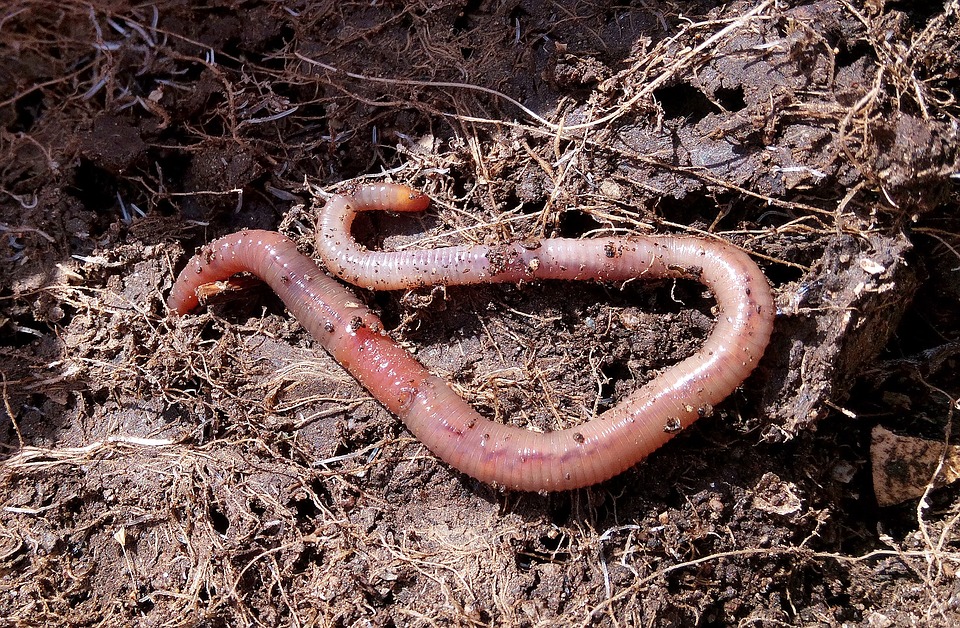 In general, the amount of soil organic matter is correlated with soil properties connected to soil functions. For example, water retention, porosity, stability, fluid transfer and ability to rebound after loading are all generally positively correlated with increased concentrations of organic matter in soil. Thus, practices favouring increased soil organic matter are generally associated with improved soil functions.
In general, the amount of soil organic matter is correlated with soil properties connected to soil functions. For example, water retention, porosity, stability, fluid transfer and ability to rebound after loading are all generally positively correlated with increased concentrations of organic matter in soil. Thus, practices favouring increased soil organic matter are generally associated with improved soil functions.
Before we consider individual practices to improve organic matter and thus soil functions, the distinction between carbon and the various forms of organic matter needs to be made. Organic matter in plants or in soil is composed of carbon, hydrogen, oxygen, nitrogen, phosphorus, sulphur and numerous other elements in decreasing amounts. Over time the ratios of these elements in soil organic matter tends to stabilise. When measuring or estimating the amount of organic matter in soil it is common to simply determine the amount of carbon that can be burned off and to use that as a surrogate for organic matter. This works well under most circumstances, however there is scope for deception as e.g. adding coal (a form of organic carbon) to soil will not deliver improved functions.
Practices that increase inputs of organic matter to soil include:
- maintaining growing plants for as much time as possible,
- adding manures or plant residues and
- leaving crop residues on the soil surface.
Practices such as appropriate fertilisation and irrigation will support greater plant productivity.
Conversely practices that are likely to decrease amounts of organic matter in soil include:
- burning crop residues (now largely banned),
- excessive cultivation that exposes organic matter previously locked within the soil pores to oxidation and mineralisation, and
- leaving the soil bare (without plants) for long periods.
Breakdown of some organic matter to forms available for plant uptake is an integral part of the carbon cycle. Many of the processes that bind organic matter to the mineral particles and that mineralise matter to available nutrient forms are driven by the soil biology. Increased soil organic matter typically supports a more diverse soil biota and a more resilient food web that helps maintain a fully functioning soil.
What do we do to our soil?
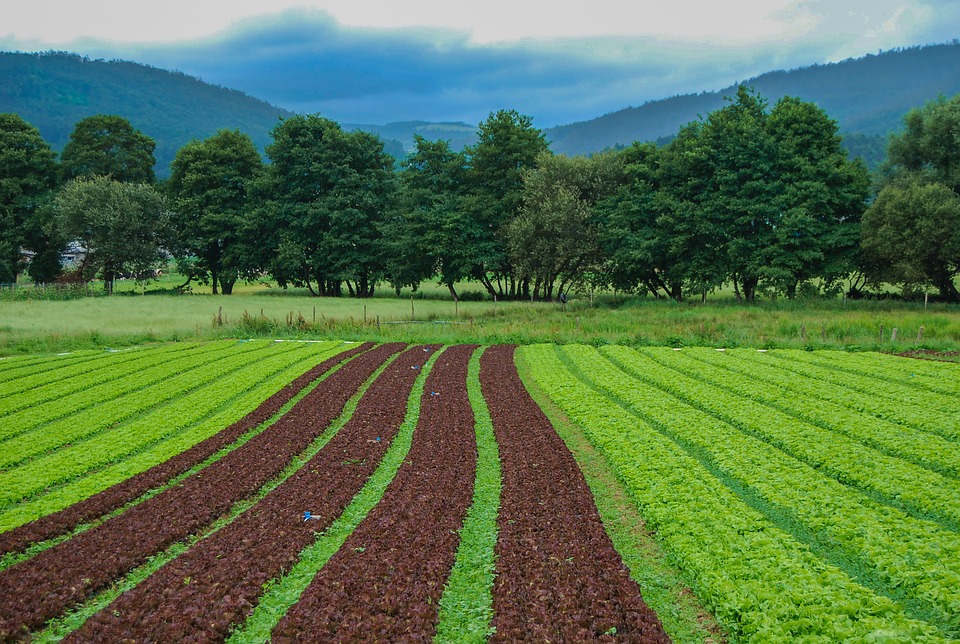 Not all amendments applied to soil to improve plant production are organic. Lime (as calcium carbonate) is applied to increase soil pH (i.e. decrease acidity). Gypsum (as calcium sulphate) is applied to improve particle aggregation particularly in saline or sodic soils. These amendments are intended in the longer term to improve plant production, but may in the short term stimulate the activity of the soil microbiology and lead to mineralisation of organic matter. So, as noted above, there is a need to consider soil functions over different time scales.
Not all amendments applied to soil to improve plant production are organic. Lime (as calcium carbonate) is applied to increase soil pH (i.e. decrease acidity). Gypsum (as calcium sulphate) is applied to improve particle aggregation particularly in saline or sodic soils. These amendments are intended in the longer term to improve plant production, but may in the short term stimulate the activity of the soil microbiology and lead to mineralisation of organic matter. So, as noted above, there is a need to consider soil functions over different time scales.
The production of crops (particularly annual crops) aims for uniformity so that seedlings emerge at the same time, plants are all at the same stage of development when irrigation or fertilisers are applied and waste is minimised with all plants ready for harvest simultaneously.
However, many of the above functions are most effective when there is heterogeneity in the soil structure. For example, a wide distribution of pore sizes is needed; with large pores allowing drainage and aeration, intermediate sizes storing water available for plants and small pores protecting organic material. Each of the different sizes will provide habitat for the wide range of biological groups that mediate different soil processes. Here again there can be a trade-off between practices and the different soil functions (e.g. the production of food and fibre and the filtering and transforming of fluids).
One of the major threats to soil function acknowledged by the EU is soil compaction. With the average mass of agricultural machinery increasing the resulting compaction (i.e. loss of soil porosity, particularly larger pores that contribute to drainage) is associated with increased runoff, sediment transport and biotic redistribution (the movement of soil biota in runoff). Providing drainage and thus attenuating flood is compromised by compaction and farming practices that favour less massive machinery or control traffic should be favoured.
Many of the above ecosystem services depend on processes mediated by the soil biota, but these processes are also an outcome of the regulating role that plants have on biotic diversity and functioning. This coupling between plants and soil biotic components is intrinsic to ecosystem functions supporting plant production and soil health. Agricultural management for crop production has profound effects on the soil biota and its function. For example, soil nitrogen cycling is skewed with increased and altered populations of N cycling organisms present. Environmental effects coupled with spikes in fertiliser costs are driving a shift towards a more circular economy utilising nutrients held in material currently viewed as waste. However, increased use of organic fertiliser for example, from slurry, manure, and anaerobic digestion also poses environmental risks that must be assessed and managed.
Pest and pathogens are a significant constraint to agricultural production directly through reduced yields and indirectly through reduced quality. Conventional management approaches for pest and pathogens includes the (multiple) application of pesticide(s) that have potential environmental consequences such as negatively impacting beneficial soil biota thus modifying soil function, notwithstanding the repeated traffic leading to compaction and soil structural issues. However, the adoption of Integrated Pest Management (IPM) approaches combining biological, cultural and chemical tools is a recognised sustainable method of minimising environmental impact including on soils.
Conclusion
In conclusion, farmed soils deliver a wide range of functions and benefits, both for the farmer and society at large. With expanding populations and the loss of soil to housing, roads and other infrastructure associated with urbanisation there is less soil available to deliver these societal goods. In many cases there will be trade-offs between functions – both in space (e.g. large-scale crop production vs biodiversity) and in time (e.g. the response to amendments) and maintaining the functions and benefits that soil deliver is a balancing act of management strategies. There are multiple threats to soils and the first part of any consideration to improve soil functions must be the preservation and protection of the soils that we have.
 Dr Roy Neilson is a soil ecologist at the James Hutton Institute, Dundee, Scotland with 35 years research experience. His expertise lies in understanding the functional interactions mediated by soil faunal groups in the context of food security and sustainable production across a range of agricultural systems in Europe, China, Africa and South America. His research is focused in three areas namely: soil and its ecosystem function; use of nematode communities as a proxy for soil health and sustainable agricultural production through improved pathogen management.
Dr Roy Neilson is a soil ecologist at the James Hutton Institute, Dundee, Scotland with 35 years research experience. His expertise lies in understanding the functional interactions mediated by soil faunal groups in the context of food security and sustainable production across a range of agricultural systems in Europe, China, Africa and South America. His research is focused in three areas namely: soil and its ecosystem function; use of nematode communities as a proxy for soil health and sustainable agricultural production through improved pathogen management.
 Dr Blair McKenzie, an agricultural soil scientist at the James Hutton Institute in Dundee, has 30 years’ post-doctoral research experience. He has worked in a wide range of agricultural systems from dryland cereal cropping to irrigated perennial horticulture in Australia, Asia and Europe. His research interests include using soil and plant sciences to manage agricultural production in a sustainable manner. In particular his research focuses on understanding soil structure and strength, their modification and interaction with plant roots, water, solutes, and soil fauna to deliver improved crop production. He is Secretary-General of the International Soil Tillage Research Organisation (ISTRO).
Dr Blair McKenzie, an agricultural soil scientist at the James Hutton Institute in Dundee, has 30 years’ post-doctoral research experience. He has worked in a wide range of agricultural systems from dryland cereal cropping to irrigated perennial horticulture in Australia, Asia and Europe. His research interests include using soil and plant sciences to manage agricultural production in a sustainable manner. In particular his research focuses on understanding soil structure and strength, their modification and interaction with plant roots, water, solutes, and soil fauna to deliver improved crop production. He is Secretary-General of the International Soil Tillage Research Organisation (ISTRO).
More
Roy and Blair have also contributed their knowledge and expertise to the GROW Observatory soil, permaculture and citizen science Horizon2020 project. Here is Roy’s article on The Soil Jungle Beneath Your Feet.
Here’s the GROW Observatory Medium page
And below you can link to the project website (NOTE: ARC2020 editor-in-chief Oliver Moore also works with GROW Observatory on Communications)
The #SoilMatters debate series so far
#SoilMatters Part 5 | Stuart Meikle on Soil, Ruminants & Sustainable Food
#SoilMatters part 4 | What do we really lose, when we change how land is used?
#SoilMatters Part 3 | Soil, Carbon and Policy – where now for 4p1000?
#SoilMatters part 2 | Mario Catizzone and Sustainable Soil Management
#SoilMatters | Part 1: Andrea Beste on humus, soil structures & the limits of no-till

